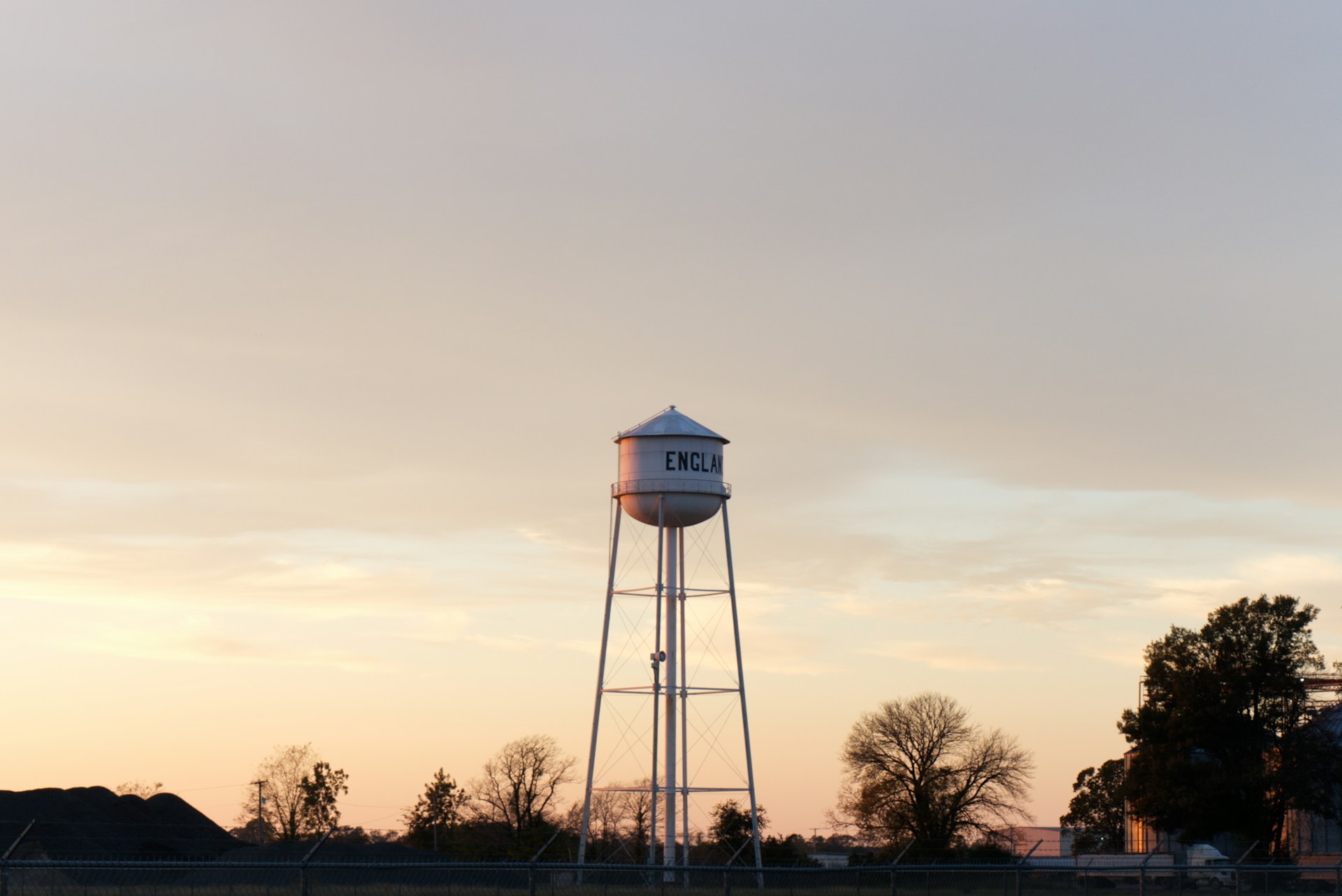
Implementing regular maintenance for your tank liners is critical to prolonging their lifespan, ensuring the safe containment of your stored materials, and getting the most out of your investment. By following proper maintenance practices, you can detect potential issues early, prevent leaks and spills, and enhance the overall performance of your tank liner system.
With an increasing emphasis on sustainable waste management practices and environmental preservation, proper maintenance of your tank liners not only supports regulatory compliance but also contributes to the safeguarding of our environment.
ATM Tanks, a trusted provider of tank design, installation, repairs, and maintenance across Australia and the Pacific, offers expert knowledge and resources to help you maintain your tank liners effectively. In this article, we will explore essential maintenance tips and best practices for prolonging the life of your tank liners, ensuring optimal performance and reliable containment for years to come.
Regular Inspections and Monitoring
The first step in maintaining your tank liners is conducting regular inspections. By closely monitoring the condition of your tank and liner, you can identify potential issues early and take corrective measures before more significant problems arise. Schedule inspections at least once a year or more frequently depending on the type of stored substance, industry regulations, and environmental factors.
During inspections, pay close attention to the following areas:
1. Seams and joints: Ensure that all seams and joints remain well-sealed, with no signs of separation or tearing.
2. Surface condition: Check for signs of wear, such as thinning, blistering, corrosion, or punctures on both the tank’s interior and exterior surfaces and the liner material.
3. Surrounding area: Examine the area around the tank for any signs of leaks, spills, or stains, which could indicate possible issues with the liner system.
Establishing routine monitoring procedures, such as visual inspections and leak detection systems, can significantly enhance your tank liner maintenance program.
Addressing Issues Promptly
Once a potential issue is identified during an inspection or monitoring process, address it immediately to prevent further damage. It’s crucial to consult with tank liner professionals, such as ATM Tanks, who can provide expert guidance on the most appropriate repair or maintenance solution for your specific issue.
Examples of prompt corrective actions include:
1. Sealing small punctures or tears: For minor damages, applying a temporary patch or sealant can help maintain the integrity of the liner until more permanent repairs can be performed.
2. Repairing seams or joints: If you detect separation or other issues in the seams or joints, consult with a professional to evaluate the situation and determine whether a repair or replacement is necessary.
3. Identifying and repairing leaks: If you suspect leakage from your tank, conduct a detailed assessment to locate and address the source of the leak.
Addressing issues promptly allows you to protect your investment, maintain regulatory compliance, and ensure the long-term reliability of your tank liners.
Cleaning and Maintenance Procedures
Maintaining a clean and well-maintained tank liner system is crucial for prolonging its lifespan. Establish a regular cleaning schedule to remove accumulated debris, sediments, or algae growth, particularly for potable water or wastewater storage tanks.
When cleaning your tank liner, always follow the manufacturer’s guidelines and use the recommended cleaning agents. Avoid using abrasive cleaners, harsh chemicals, or scrubbing tools that could damage the liner material or compromise its integrity. Regular cleaning not only preserves the liner’s performance but also enables better inspection and monitoring processes.
Implementing Protective Measures
Taking preventive steps to safeguard your tank liner system can significantly reduce potential risks and extend its lifespan. Implement protective measures, including:
1. Anchoring the tank: Proper anchoring of the tank ensures stability and prevents movement due to high winds or shifting ground, which could cause strain on the liner.
2. Overfill protection: Installing overfill prevention devices, such as alarms or level indicators, can help protect your tank liner from potential damage caused by overfilling.
3. Proper grounding: Ensure that your tank is adequately grounded, particularly for tanks storing flammable materials, to minimise the risk of static electricity buildup and related damages.
4. External protection: Installing barriers, fencing, or earthen berms around the tank can provide added protection against potential impacts or environmental hazards, such as debris during storms or floods.
5. UV protection: For tanks exposed to sunlight, UV-resistant liners or coatings can help prevent degradation and ensure their longevity.
Considering these protective measures will contribute to the preservation and lifespan of your tank liners, ensuring reliable and effective containment
Ensuring Longevity with ATM Tanks Expertise
Regular inspections, prompt issue resolution, diligent cleaning, and protective measures are vital maintenance tips that can significantly prolong the life of your tank liners. By implementing these best practices, you can ensure the optimal performance and longevity of your tank liner system, safeguard your investment, and contribute to sustainable waste management practices.
ATM Tanks, a leading Australian provider of tank design, installation, repairs, and maintenance services, has the expertise and resources to guide and support you through all aspects of tank liner maintenance. Whether you require professional assistance in addressing tank liner issues or seeking reliable preventative measures, ATM Tanks is committed to delivering top-quality service to ensure your tank liners continue providing reliable containment for years to come.
Consult with ATM Tanks today for comprehensive tank maintenance solutions tailored to your specific needs, and experience the peace of mind that comes with expert care.
- How to Spot and Fix Minor Tank Repairs Early - October 19, 2025
- Handling Emergency Tank Cleanups Safely and Efficiently - October 19, 2025
- Choosing the Right Tank Lining Material for Your Needs - October 19, 2025






